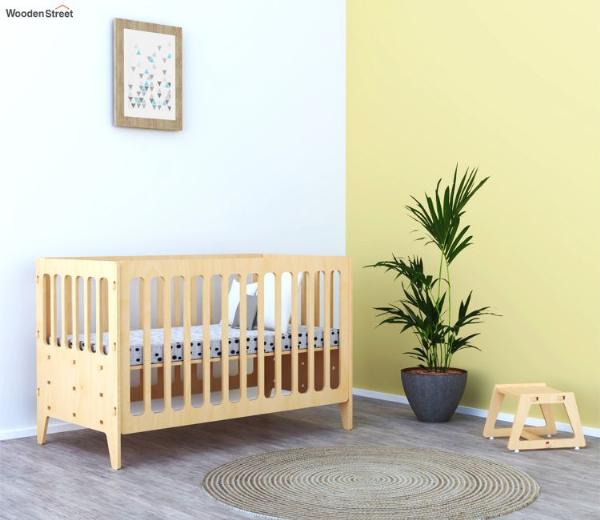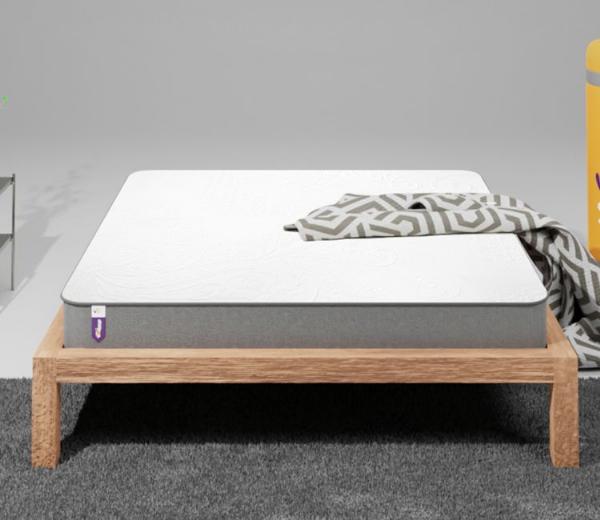Transitioning your baby from sleeping in your bed to sleeping in their own crib is a significant milestone for both you and your little one. While it can be a challenging process, with patience and a thoughtful approach, you can make this transition smoothly and ensure your baby gets the rest they need in their own space. Here’s a comprehensive guide to help you through this important phase:
Understanding the Importance of Transitioning
Moving your baby from your bed to their crib is important for several reasons:
-
Safety: Cribs are designed to provide a safe sleeping environment for infants, reducing the risk of accidental suffocation or rolling off the bed.
-
Healthy Sleep Habits: Babies often sleep better in their own space, as they are less likely to be disturbed by your movements or breathing.
-
Independence: Teaching your baby to sleep in their crib encourages self-soothing and independence, which are crucial for their development.
Steps to Transition Smoothly
1. Introduce the Crib Gradually:
Start by placing the crib in your bedroom if possible. This helps your baby get used to the crib while still being near you.
Let your baby explore the crib during the day. Show them the crib, let them touch it, and play near it to familiarize them with this new sleeping environment.
2. Create a Relaxing Bedtime Routine:
Establish a consistent bedtime routine that signals to your baby that it’s time to sleep. This can include activities like a warm bath, gentle massage, or reading a bedtime story.
Make sure the routine ends with placing your baby in the crib while they are drowsy but still awake. This helps them learn to fall asleep independently.
3. Gradual Transition:
If your baby is used to sleeping in your bed, begin by having them nap in the baby crib during the day. This helps them become accustomed to the crib without the pressure of a full night’s sleep.
Once your baby is comfortable napping in the crib, start with short stretches of nighttime sleep in the crib. You can gradually increase the time as they adjust.
4. Comfortable Sleep Environment:
Ensure the crib mattress is firm and fits snugly without gaps. A comfortable mattress is essential for safe and sound sleep.
Use soft, breathable bedding appropriate for infants. Avoid blankets, pillows, or toys that could pose a suffocation hazard.
5. Consistency and Reassurance:
Consistency is key during this transition. Stick to the bedtime routine and respond to your baby’s cues promptly to reassure them that their crib is a safe and comforting place.
Comfort your baby if they cry, but gradually reduce the amount of time you spend comforting them in the crib to encourage self-soothing.
6. Patience and Persistence:
Every baby adjusts to change differently. Be patient and give your little one time to adapt to their new sleeping arrangement.
Stay persistent with the routine, even if there are setbacks. Consistency will help your baby feel secure in their new sleeping space.
Conclusion
Transitioning your baby from your bed to their crib is a significant step towards establishing healthy sleep habits and promoting their independence. By introducing the crib gradually, creating a soothing bedtime routine, and maintaining consistency, you can help your baby feel comfortable and secure in their new sleeping environment. Remember, every baby is unique, so be patient and flexible as you navigate this transition together. With time and care, your baby will adjust to their crib, allowing both of you to enjoy peaceful nights of sleep.





